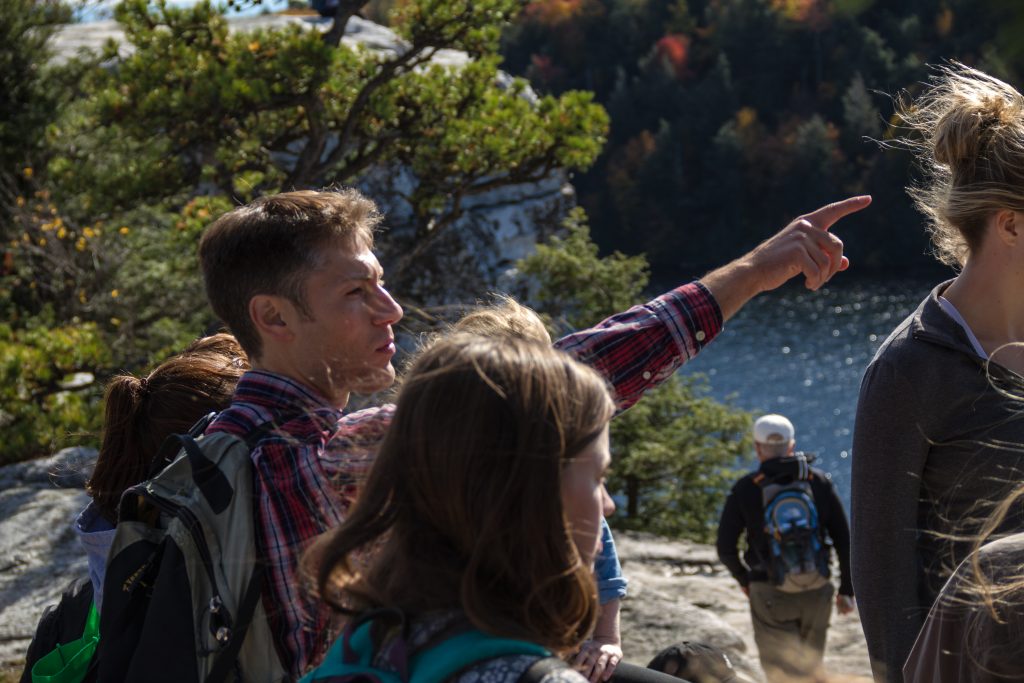
Associate Professor David Richardson is one of three lead authors on a new paper, published in the June 2017 issue of the peer-reviewed journal Water, which finds that over the past 40 years, water temperatures in lakes across the northeast U.S. and into Canada have risen significantly.
The paper, titled “Transparency, Geomorphology and Mixing Regime Explain Variability in Trends in Lake Temperature and Stratification across Northeastern North America (1975–2014),” uses temperature data from 231 lakes across the northeast, and finds that nearly 90 percent of the lakes studied saw warming in the surface waters over the four decade period.
In most cases, the temperature of the water at the surface of these lakes was rising faster than the air temperature above them.
The paper argues that these trends are related to global climate change. They are in line with studies from lakes around the world, including areas of Europe that at similar latitudes to the northeast U.S., which have also recorded similar increases in lake temperature in recent years.
 “Lakes collect heat from the atmosphere and water from the surrounding landscape. They can serve as important gauges for changes in the world around us. Lakes provide us with drinking water, food, power, and recreation; climate change is warming lakes and rapidly modifying these ecological resources that we want and value.”
“Lakes collect heat from the atmosphere and water from the surrounding landscape. They can serve as important gauges for changes in the world around us. Lakes provide us with drinking water, food, power, and recreation; climate change is warming lakes and rapidly modifying these ecological resources that we want and value.”
Richardson regularly works with SUNY New Paltz students interested in lake ecology at Minnewaska State Park, Mohonk Preserve and other bodies of water in the region.
“We’re very proud of the research that David Richardson and his students have done over the past eight years on the lakes in Shawangunk Ridge,” said Dan Freedman, dean of the School of Science & Engineering. “It’s an excellent example of how regionally-focused research at a university like New Paltz can have an international impact towards understanding the global effects of climate change.
For this study, however, Richardson was part of a larger network of lake researchers, including co-lead authors Stephanie Melles of Ryerson University and Rachel Pilla of the University of Miami, Ohio. Many are members of the Global Lake Ecological Observatory Network (GLEON), which will hold its annual conference in New Paltz this fall.
The team of researchers solicited data from public and private stewards of lakes from areas including New York, Pennsylvania, New England and Ontario, and built a dataset that included temperature data at different depths over time, mostly recorded during the summer months of July and August.
The data collected consistently showed rising water temperatures at the surfaces of lakes. At deeper layers, the results were mixed, with some lakes seeing temperature increases, and others seeing decreases or no change.
“Surprisingly, the deepest parts of the lakes were not warming consistently with the surface of the lake. The characteristics of each lake, such as distance to the Atlantic coast, the shape of the lakes, and the winter and early spring weather, can regulate how deep water responds to the warming air and surface waters above.”
Read Richardson’s paper in full by following this link: http://www.mdpi.com/2073-4441/9/6/442.

